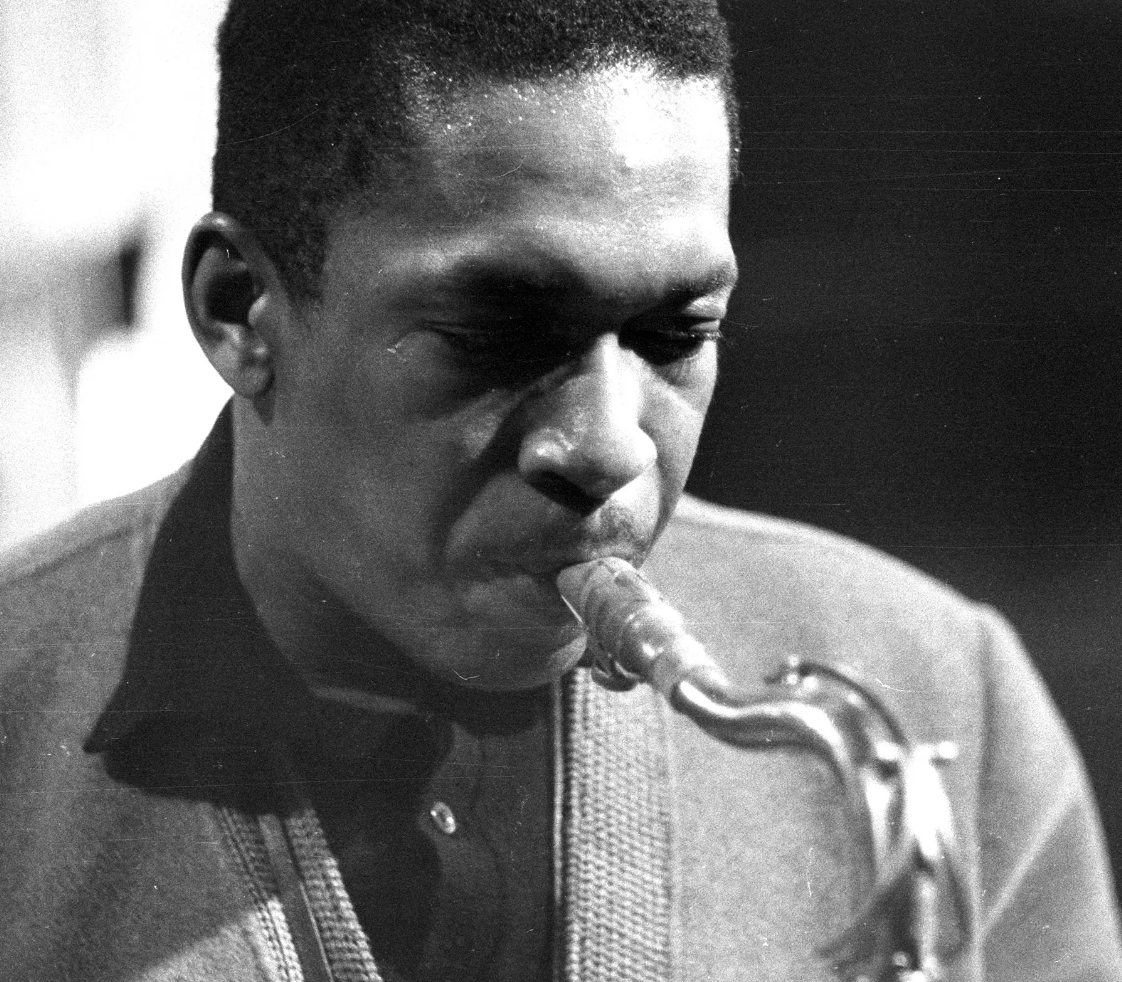Krishna is a principal deity in Hinduism, worshipped as the eighth avatar of the god Vishnu and also as the Supreme God in his own right. He is known as the god of compassion, love, and joy, and is revered for his role as a wise teacher, charioteer, and strategist. His life and teachings are central to Hindu devotion, particularly through the Bhagavad Gita and the Mahabharata epic.
Scriptural Descriptions:
Śrīmad Bhāgavatam (10.21.9–19)
• “The Gopī’s said: When Krishna plays his flute, the sound enchants the three worlds. Rivers stop flowing, deer and cows stand motionless, and even the gods in heaven are drawn to listen.”
• “Hearing his flute, our hearts are stolen, our minds are swept away, and all duties are forgotten.”
Rāsa Līlā (Bhāgavatam 10.29)
• “With the call of his flute, Krishna summoned the Gopī’s. Drawn by irresistible love, they abandoned everything to join him in the eternal dance.”
Devotional Poetry:
Jayadeva, Gīta Govinda
• “The flute of Krishna sings in the night, carrying the honey of divine love, summoning Radha and the gopīs to his side.”
Surdas (Bhakti poet)
• “Krishna’s flute is no bamboo; it is the call of love. Whoever hears it cannot remain apart from him.”
Mirabai
• “When Krishna lifts the flute to his lips, the soul within me trembles — how can I resist? My heart has become his instrument.”
3. Symbolism of the Flute
• Hollow Bamboo: The ego must be emptied to let the divine breath flow.
• Eight Holes: Represent the senses — surrendered, they create harmony with the Divine.
• Cosmic Song: The flute’s sound is nāda-brahman — divine vibration, the music of creation itself.
• Irresistible Attraction: Just as cows, rivers, and gopīs respond to the flute, the soul cannot resist the call of divine love.
Spiritual Meaning:
• The flute is Krishna’s call to the soul.
• Its melody awakens devotion and dissolves worldly attachments.
• To hear it — even in imagination, prayer, or meditation — is to taste the sweetness (mādhurya) of God.
“Be like the flute: empty, surrendered, and open — so the Lord’s breath may sing through you.”
Krishna’s Flute and the Call of Rādhā: Love, Sound, and the Spine of the Cosmos
When we picture Krishna, the cowherd of Vṛndāvana, one image rises above all others: him standing in graceful threefold posture, with a flute at his lips. That flute is not just a pastoral ornament — it is the center of a vast spiritual symbolism. It enchants gods and mortals, summons Rādhā, and whispers the deepest truths of the soul.
The Flute’s Divine Song:
The Bhāgavata Purāṇa describes how Krishna’s flute arrests the natural world. In the famous Venu-gīta (10.21), the gopīs sing:
Sanskrit
barhāpiḍaṁ naṭa-vara-vapuḥ karṇayoḥ karṇikāraṁ
bibhrad vāsaḥ kanaka-kapiśaṁ vaijayantīṁ ca mālām
randhrān veṇor adhara-sudhayāpūrayan gopa-vṛndair
vṛndāraṇyaṁ sva-pada-ramanaṁ prāviśad gīta-kīrtiḥ
Translation
“Wearing a peacock feather upon his crown, adorned with yellow garments and a garland of forest flowers, Krishna fills the holes of his flute with nectar from his lips. Surrounded by cowherd friends, he enters the forest of Vṛndāvana, and his glories are sung in all directions.” (Bhāg. 10.21.5)
This verse is not just pastoral imagery — it is theology in motion. Krishna’s flute is nectar that flows into creation itself. It is vibration, nāda-brahman, the sound-body of the cosmos.
Rādhā: The One Who Hears Most Deeply:
While the cows, rivers, and even gods are enchanted, the one who feels the flute most intensely is Rādhā. Later poets made this explicit. Jayadeva, in his 12th-century Gīta Govinda, writes:
Sanskrit
smara-garala-khaṇḍanaṁ mama śirasi maṇḍanaṁ
dehi pada-pallavam udāram
Translation
“O Krishna, destroyer of the poison of desire, ornament of my head, place your lotus-feet upon me with generosity.” (Gīta Govinda 1.1)
Jayadeva frames Krishna’s flute not as entertainment, but as an irresistible summons. Rādhā leaves all worldly duties because she recognizes in that sound the essence of divine love (prema).
Gauḍīya Vaiṣṇava theology later crystallized this: Krishna is śaktimān (the possessor of energy), Rādhā is hlādinī-śakti (the energy of bliss). The flute is the bridge — the breath of God reaching the heart of Love.
The Flute as Spine: A Yogic Reading:
Yogic commentators layered subtle-body symbolism onto this imagery.
• The flute is hollow, like the suṣumṇā nāḍī, the central spinal channel.
• Its holes are like the chakras; when divine breath flows through, each produces a note of consciousness.
• Krishna playing the flute is the awakening of spiritual current; Rādhā, listening and responding, is the heart opening to that current.
In this reading, the rāsa-līlā becomes not only a cosmic dance but also the inner union of breath, spine, and heart.
Why Rādhā Does Not Play the Flute
In scripture and art, Krishna alone plays the flute. Rādhā sings, dances, or listens. This asymmetry is deliberate:
• The flute is the call of the Divine, the initiative of grace.
• Rādhā’s response — her trembling, her song, her longing — is the soul’s surrender.
Together they enact the eternal līlā — Krishna calls, Rādhā responds, and through that dialogue the dance of existence unfolds.
What It Means for Us
To meditate on Krishna’s flute is to remember:
• The spine is your flute. Keep it hollow and clear; let divine breath flow through it.
• The heart is Rādhā. Listen deeply, and respond with devotion.
• The world is enchanted. Every river, tree, and creature is already listening.
As later poets taught: Be like the flute — empty of ego, so the Lord’s breath may sing through you.
Krishna’s flute is not just an instrument of myth. It is the sound of cosmic attraction, the breath that awakens the soul, and the eternal dialogue between the Divine and the devotee. In that dialogue, Rādhā is not merely a consort — she is the one who reveals how to listen, how to respond, and how to let the music of love play through the very spine of our being.



